The Santoku knife is celebrated for its exceptional versatility and precision. If you're exploring what a Santoku knife is used for, you'll find it excels in numerous kitchen tasks thanks to its unique design. Here's a detailed breakdown of its top uses and why it often outshines other knives, especially in the classic Santoku knife vs chef knife debate.
What's the Difference Between Santoku vs Chef Knife?
Choosing between a Santoku knife and a Chef's knife often puzzles cooking enthusiasts. Both are versatile, but excel in different scenarios due to their distinct designs. We would break down their differences in functionality, ideal use cases, and ergonomics to help you decide—because the right knife can transform your cooking experience.
Design & Functional Differences
Blade Profile & Cutting Motion: The Santoku's flatter blade (60-70% straight edge) is designed for a straight down chopping or push-cut motion. This minimizes accordioning when slicing and is ideal for thin, precise cuts. The Chef's knife's pronounced curve facilitates a rocking motion, perfect for quickly mincing herbs or disjointing larger foods.
Precision vs. Power: The Santoku's thinner blade (often under 2mm) and lighter weight reduce resistance and hand fatigue, excelling at slicing vegetables, boneless fish, and meats without tearing. The heavier, sturdier Chef's knife handles tougher tasks, like breaking down a chicken or chopping hard squash, though it's not for bones.
Food Release & Stickage: Many Santoku knives feature a Granton edge. Those hollow-ground oval dimples create air pockets to reduce suction and prevent sticky foods (e.g., potatoes, potatoes) from clinging. Some Chef's knives have this, but it's less universal.
Tip Utility: The Santoku's blunt "sheepsfoot" tip provides safety and control for detailed push-cuts (e.g., brunoise). The Chef's knife's pointed tip is superior for precision tasks like deveining shrimp, coring tomatoes, or scoring.
Santoku vs Chef Knife, Which is the Best?
Prepping Vegetables (Especially Precision Work): The Santoku is often superior. Its flat blade and thin, sharp edge (often 10-15 degrees per side) allow for clean, even slices without crushing cell walls, preserving texture and flavor. It's a favorite for julienning carrots, dicing onions, or slicing tomatoes.
Rock-Chopping Herbs or Mincing Garlic: The Chef's knife wins here. Its curved blade rocks effortlessly, making quick work of herbs and garlic without requiring a full lift off the board.
Slicing Boneless Meat & Fish (Sashimi, Carpaccio): The Santoku's ultra-thin, sharp blade glides smoothly through delicate proteins, creating paper-thin slices with minimal effort and preserving texture.
Handling Large Cuts of Meat or Hearty Vegetables: The Chef's knife provides more leverage and power for disjointing a chicken breast, cubing a large roast, or tackling dense winter squash.
General All-Purpose Meal Prep: For many home cooks, a Chef's knife might feel more familiar and versatile for a wider range of Western cooking techniques. However, a Santoku can handle over 90% of kitchen tasks and is a brilliant, nimble alternative, especially for cooks who prefer a push-cut motion.
Santoku vs Chef Knife, How to Choose?
Cutting Style & Cuisine: Do you prefer a rocking motion (Chef's knife) or a straight down chop/push-cut (Santoku)? Do you cook mostly Western dishes (Chef's knife) or often prepare Asian-inspired meals, sushi, or focus on vegetable-heavy dishes (Santoku)?
Evaluate Comfort & Ergonomics: The Santoku is generally lighter and more maneuverable, which can reduce wrist strain and fatigue during long prep sessions. The Chef's knife offers more heft and leverage for powerful cuts. If possible, try both.
Your Kitchen Space: For smaller kitchens or cooks with limited storage, one great knife is essential. A Santoku's shorter blade can be an advantage.
Don't Fear Owning Both: For avid cooks, having both knives is ideal. This avoids cross-contamination (e.g., using one for raw proteins and another for vegetables) and allows you to choose the perfect tool for every task, streamlining your workflow.
Prioritize Steel Quality & Maintenance: A knife's performance heavily depends on its steel and your upkeep. Harder Japanese steels (common in Santokus, often 58-62 HRC) hold an edge longer but can be more brittle. Softer Western steels (common in Chef's knives) are more durable and easier to sharpen at home. Hand-wash and dry immediately to maintain any good knife.
If you want to know how to choose the Best Chef Knife Under $100, Check Here!
Santoku Knife Maintance Tips
Proper maintenance is crucial for preserving your Santoku knife's sharpness, performance, and longevity. Here's a detailed, user-focused guide to help you care for your knife like a pro, ensuring it remains a reliable kitchen companion for years.
Immediate Cleaning & Drying: Always hand-wash your Santoku knife with warm water and mild detergent right after each use, as dishwashers can damage the blade and handle with harsh chemicals and high heat. Be sure to thoroughly dry the knife with a soft cloth, paying special attention to the area where the blade meets the handle, since moisture can lead to rust—especially on high-carbon steel blades.
Regular Sharpening & Honing: Santoku knives perform best when sharpened at a precise 10–15° angle per side; use a whetstone or rolling sharpener with light oil or water, gliding the blade smoothly and consistently to maintain its edge. For weekly upkeep, use a honing rod to realign the edge, which helps prevent dulling and ensures your knife stays precise and ready for clean, effortless cuts.
Rust Prevention & Storage: To protect your knife from rust during long-term storage or in humid conditions, apply a thin layer of food-grade mineral oil to the blade—this is especially important for carbon steel models. Always store your Santoku knife in a knife block, on a magnetic block, or inside a blade guard; avoid leaving it loose in a drawer to protect the edge from damage and reduce the risk of accidents.
Avoid Common Damages: Never use your Santoku knife on hard ingredients like frozen foods or bones, or on hard surfaces such as glass cutting boards, as its thin blade is especially prone to chipping. Additionally, avoid prolonged exposure to acidic foods like citrus or tomatoes, which can corrode the blade—always clean the knife immediately after use with these ingredients.
How to choose the best Santoku Knife?
Selecting the right Japanese Santoku knife involves careful consideration of its blade material, design, and craftsmanship. The following aspects will help you identify a high-performance, durable, and ergonomic Santoku knife perfectly suited to your cooking needs.
Blade Material
The core of a high-quality Santoku knife lies in its steel. Premium high-carbon stainless steel blades hardened to 58–62 HRC provide the best balance of edge retention and durability. These professional Santoku knives resist corrosion, stay razor-sharp longer, and slice cleanly through vegetables, meats, and fish without discoloring foods. For precision cutting, look for blades sharpened to 12–15 degrees per side, delivering effortless, ultra-sharp performance.

Blade Design
An authentic Santoku blade typically features a flat profile with a subtle curve, ideal for push-cutting and fine chopping. Many of the best Santoku knives include a Granton edge—small, hollow-ground dimples along the blade—that minimize friction and prevent ingredients from sticking. This design is especially helpful when cutting moist or dense foods like potatoes, fish fillets, or soft cheeses.
Handle Ergonomics
The handle of a Santoku knife should offer a secure, comfortable grip for extended cooking sessions. Whether you prefer traditional Japanese Wa-style handles or modern Western designs, materials such as Pakkawood, G-10, or textured polymers ensure durability, moisture resistance, and stability. A well-balanced, full-tang Santoku knife—with even weight distribution between the blade and handle—reduces hand fatigue and provides superior control for home chefs and professionals alike.

Craftsmanship and Finish
Attention to craftsmanship separates an ordinary knife from the best Santoku knife. Look for features such as a smooth bolster, polished spine, and seamless transition between blade and handle. These small but essential details improve comfort, safety, and durability while reflecting professional-grade Japanese knife-making standards.

Intended Use and Versatility
The most versatile Santoku knives excel at finely mincing herbs, thinly slicing proteins, and dicing vegetables with precision. If you often work with acidic foods, a stainless or fully clad stainless blade adds corrosion resistance. For chefs who value ultra-sharp performance and don’t mind occasional sharpening, carbon steel Santoku knives provide unmatched cutting ability.

Whether you are a home cook looking for your first Japanese Santoku knife or a professional chef upgrading to a sharper, more durable blade, the ideal Santoku should combine superior steel, intelligent design, and expert craftsmanship. By focusing on these attributes, you can confidently choose a Santoku knife that exceeds your culinary expectations.
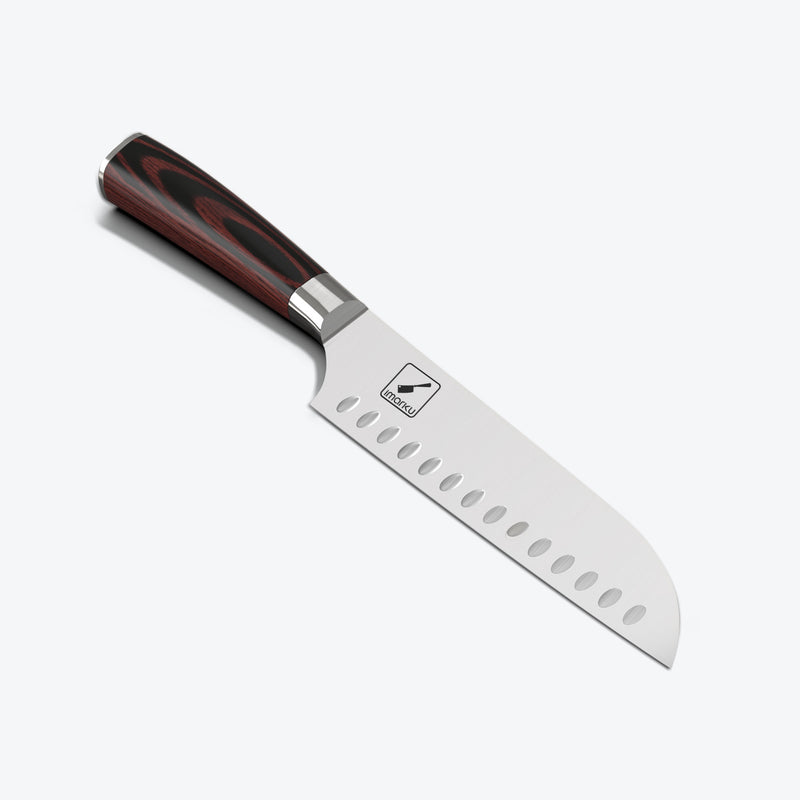
View Product
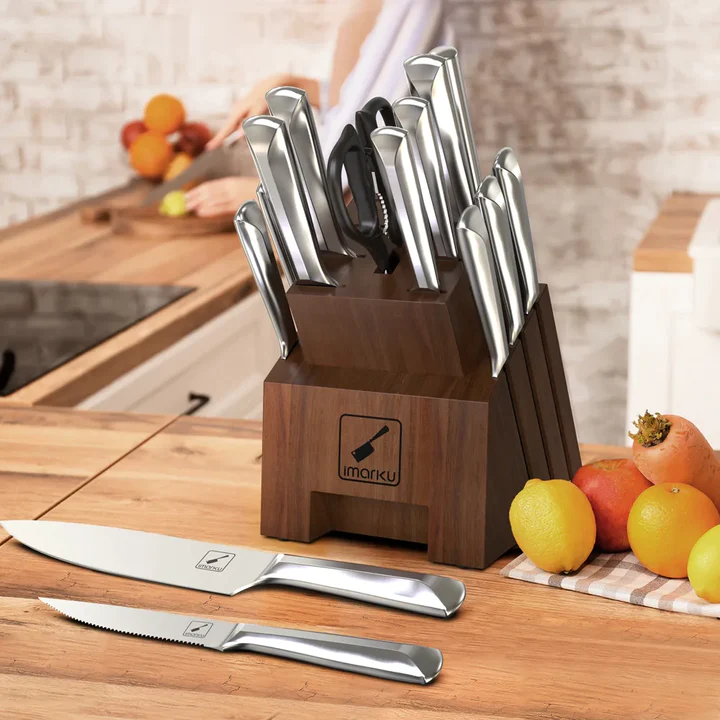
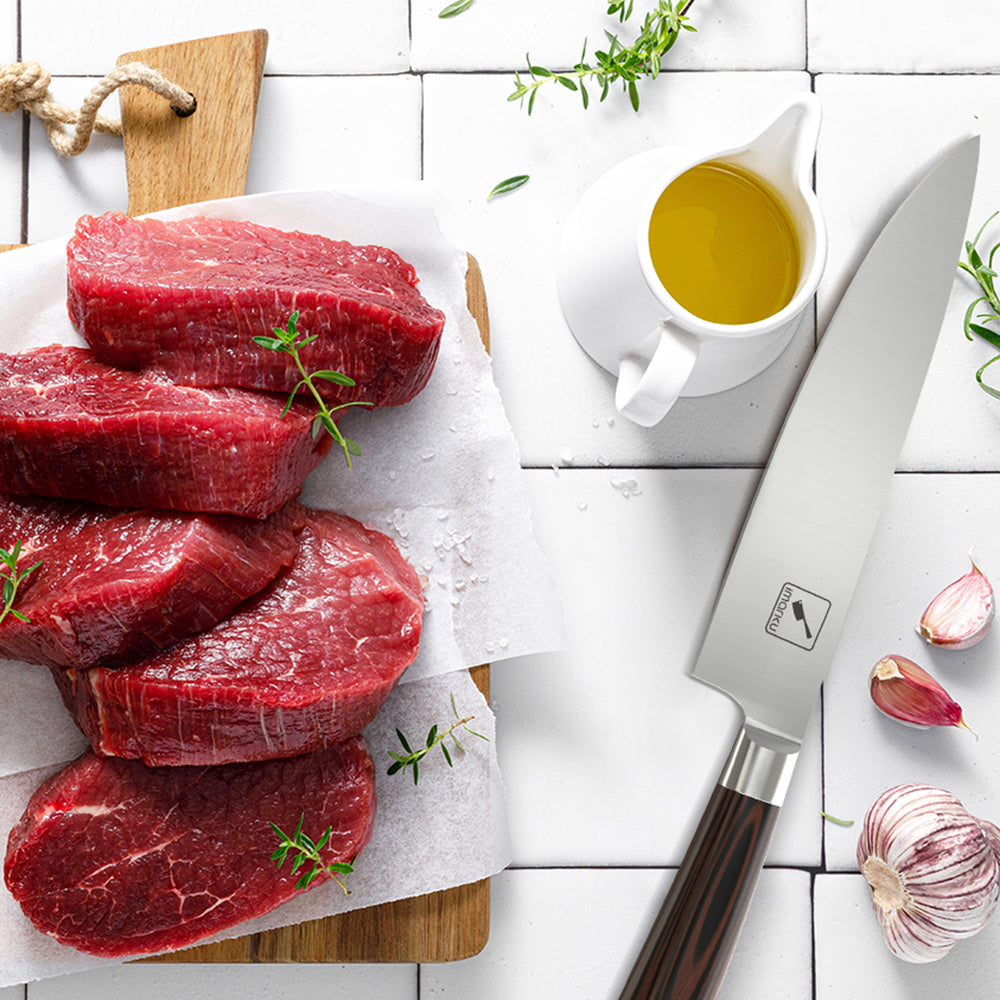

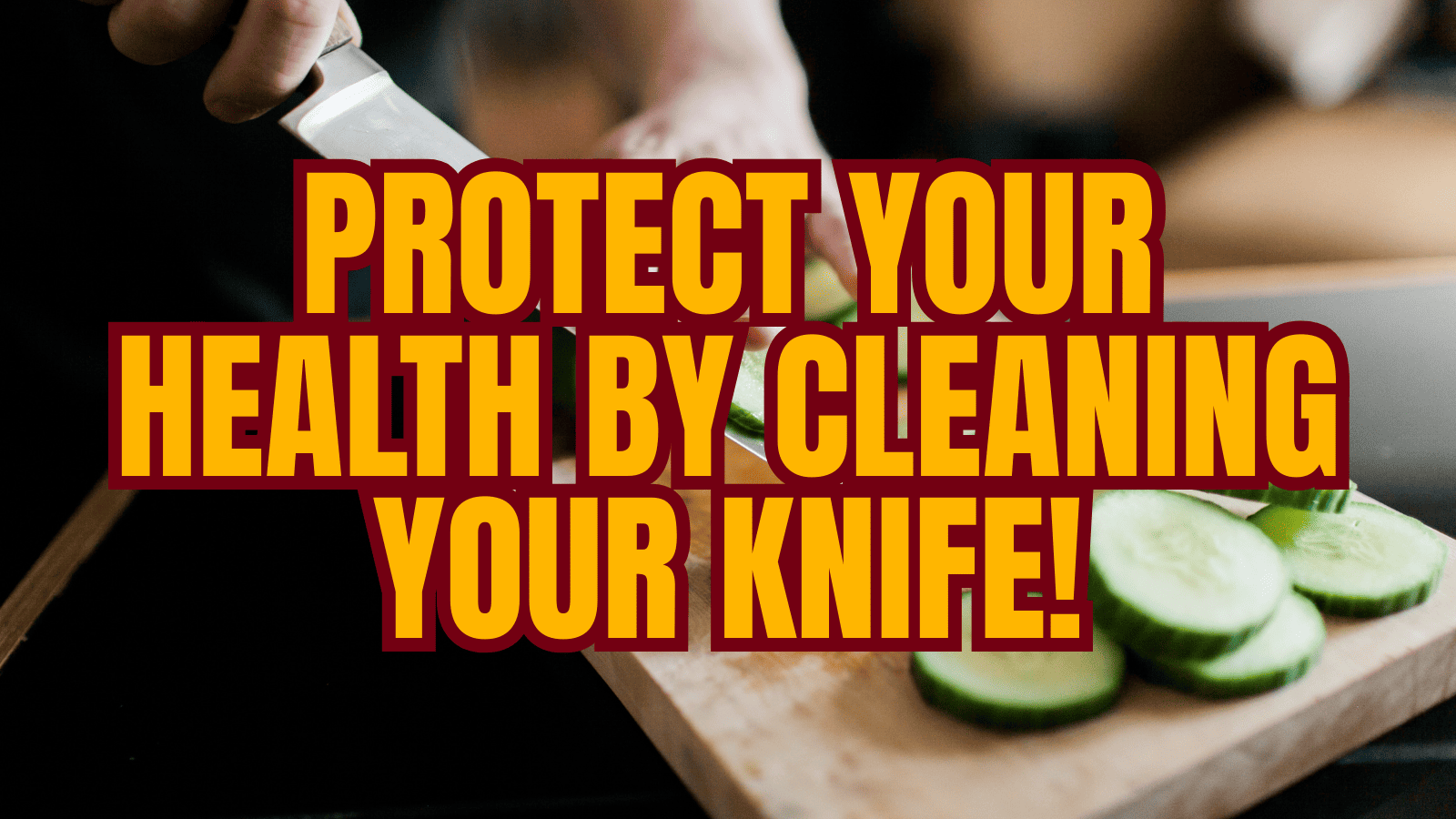
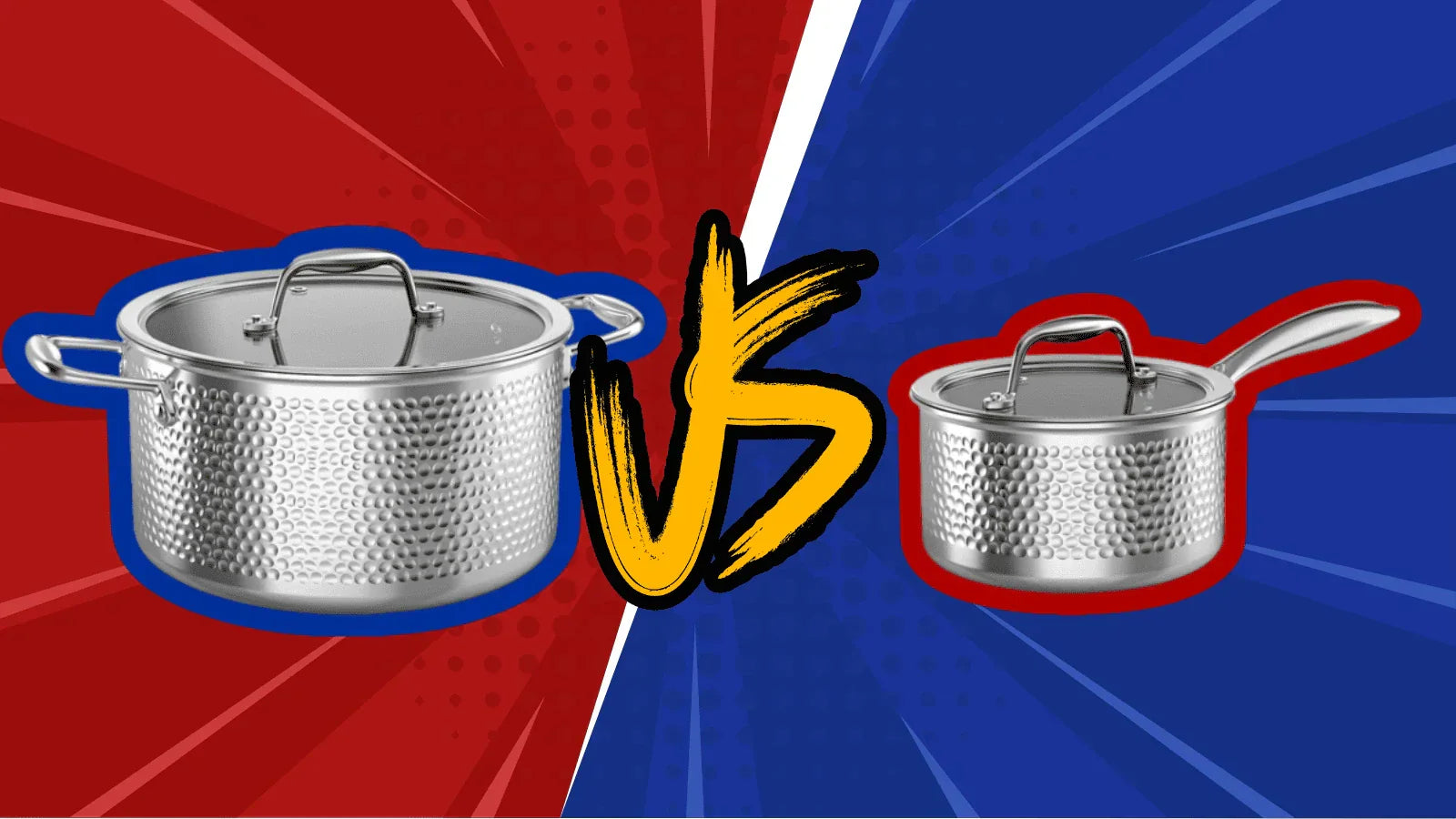

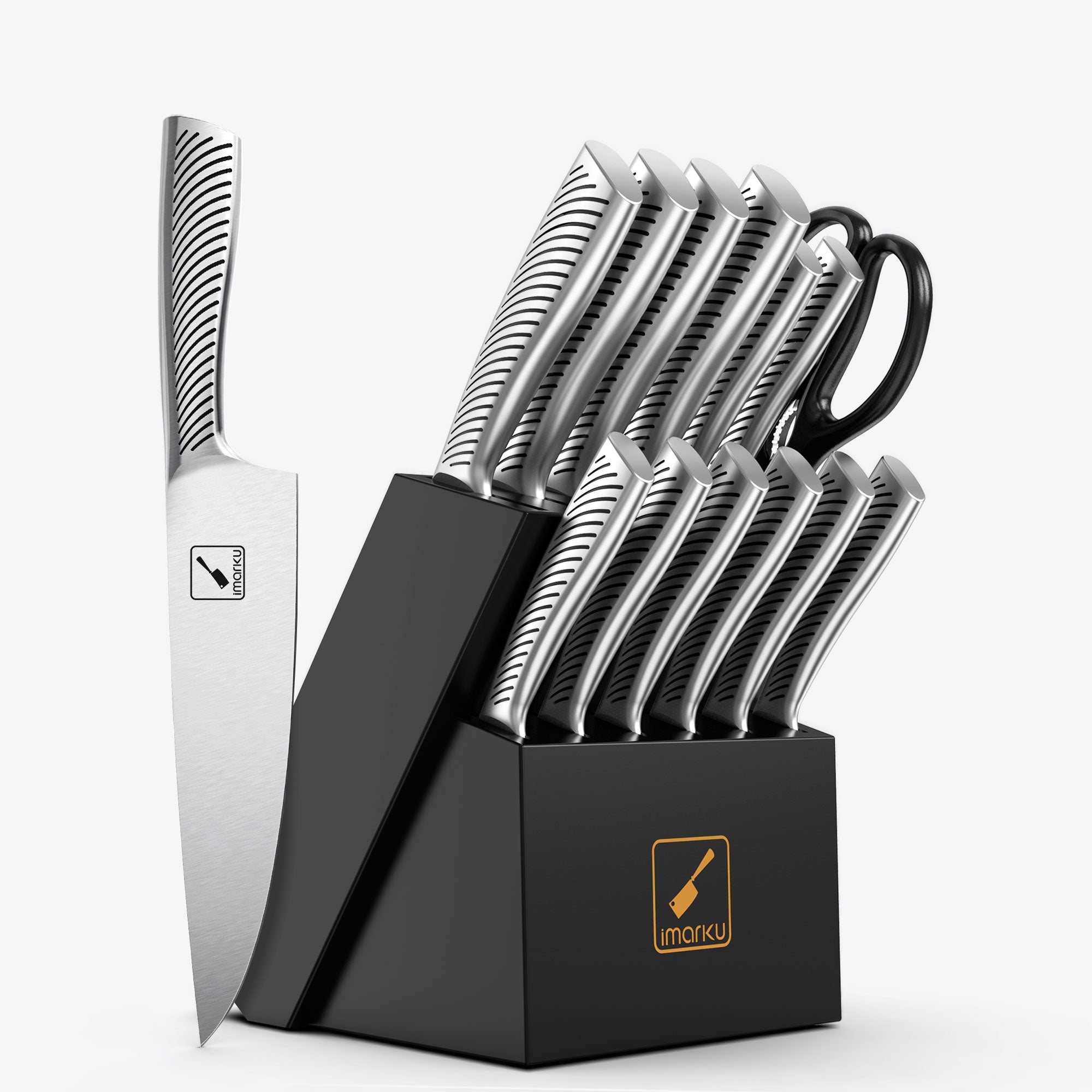
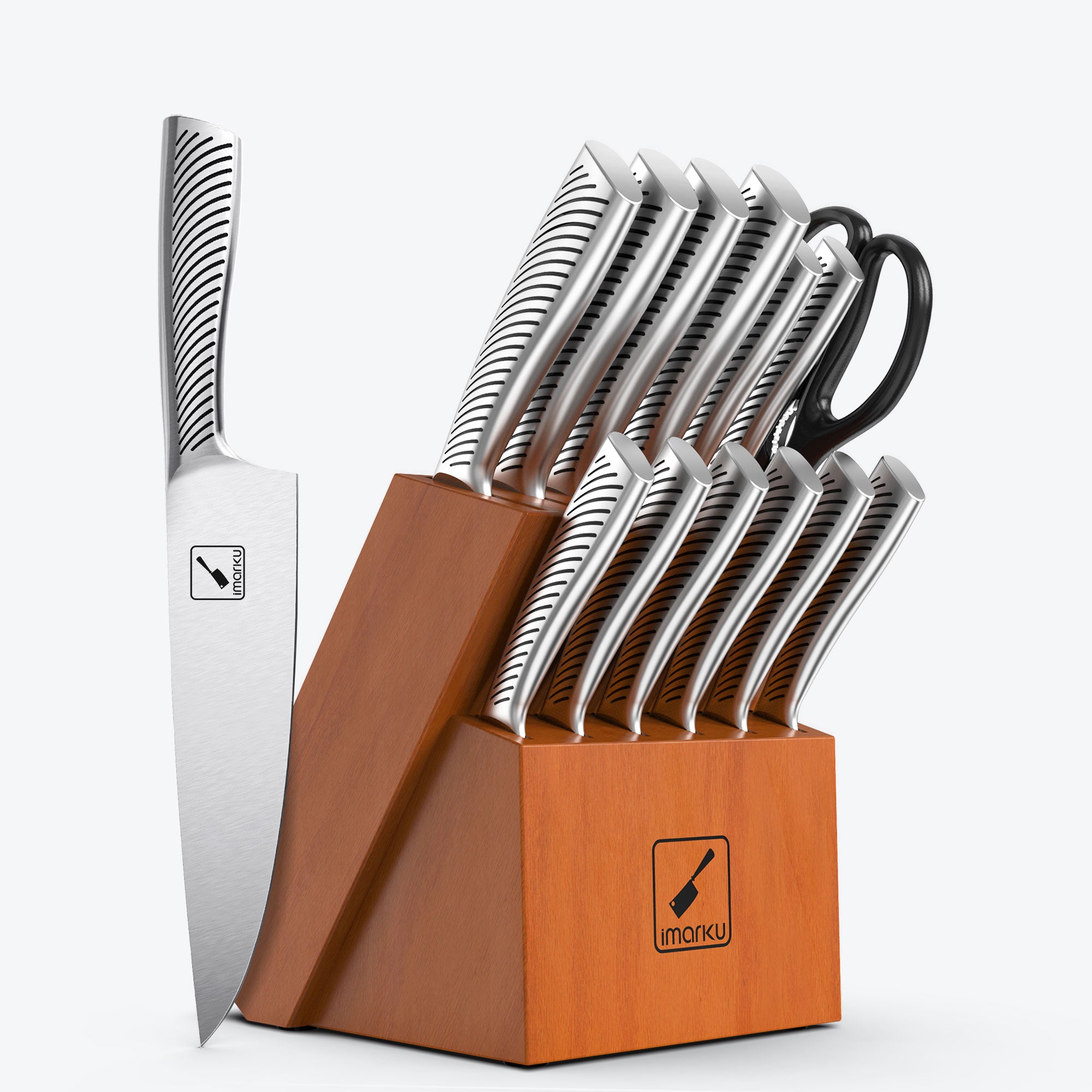
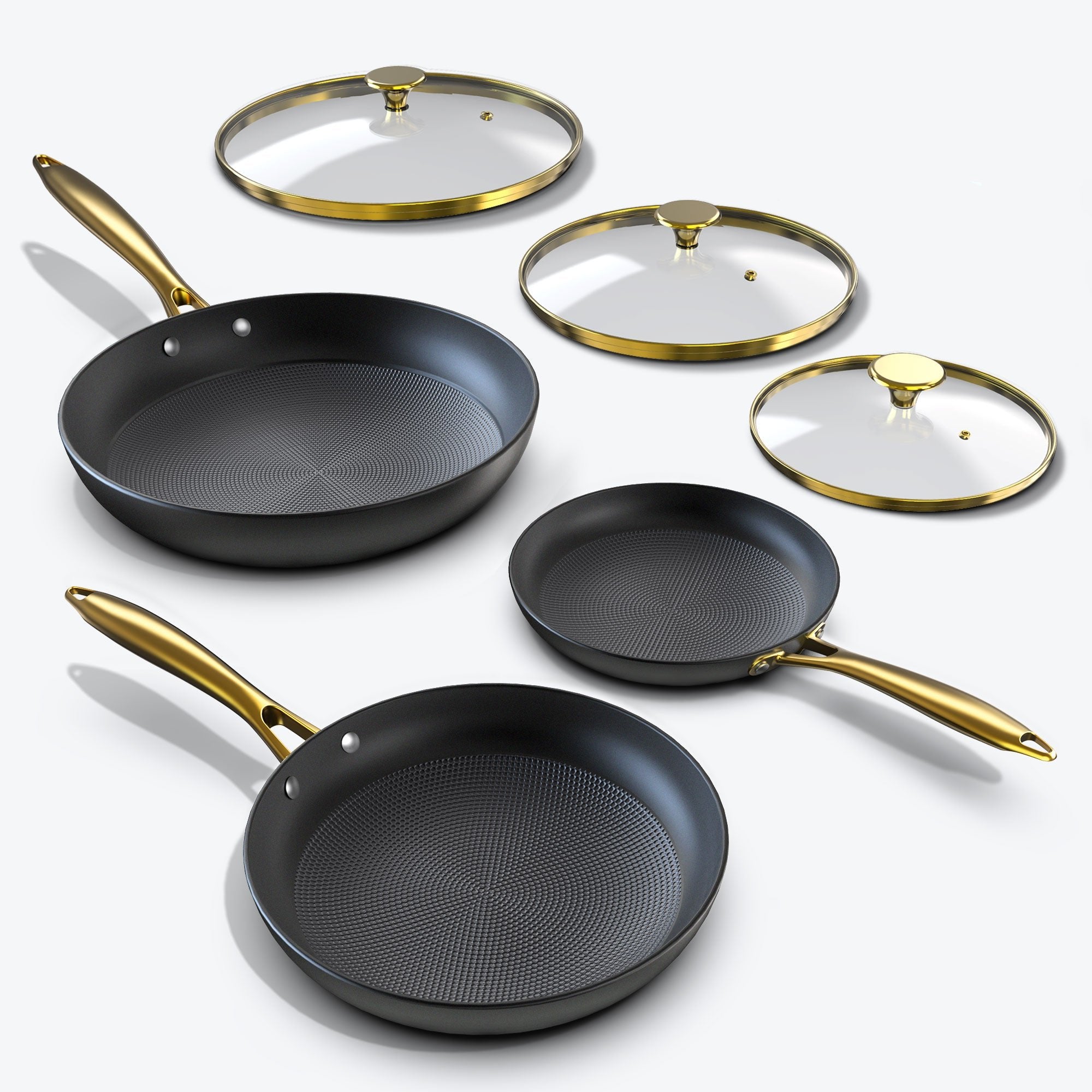
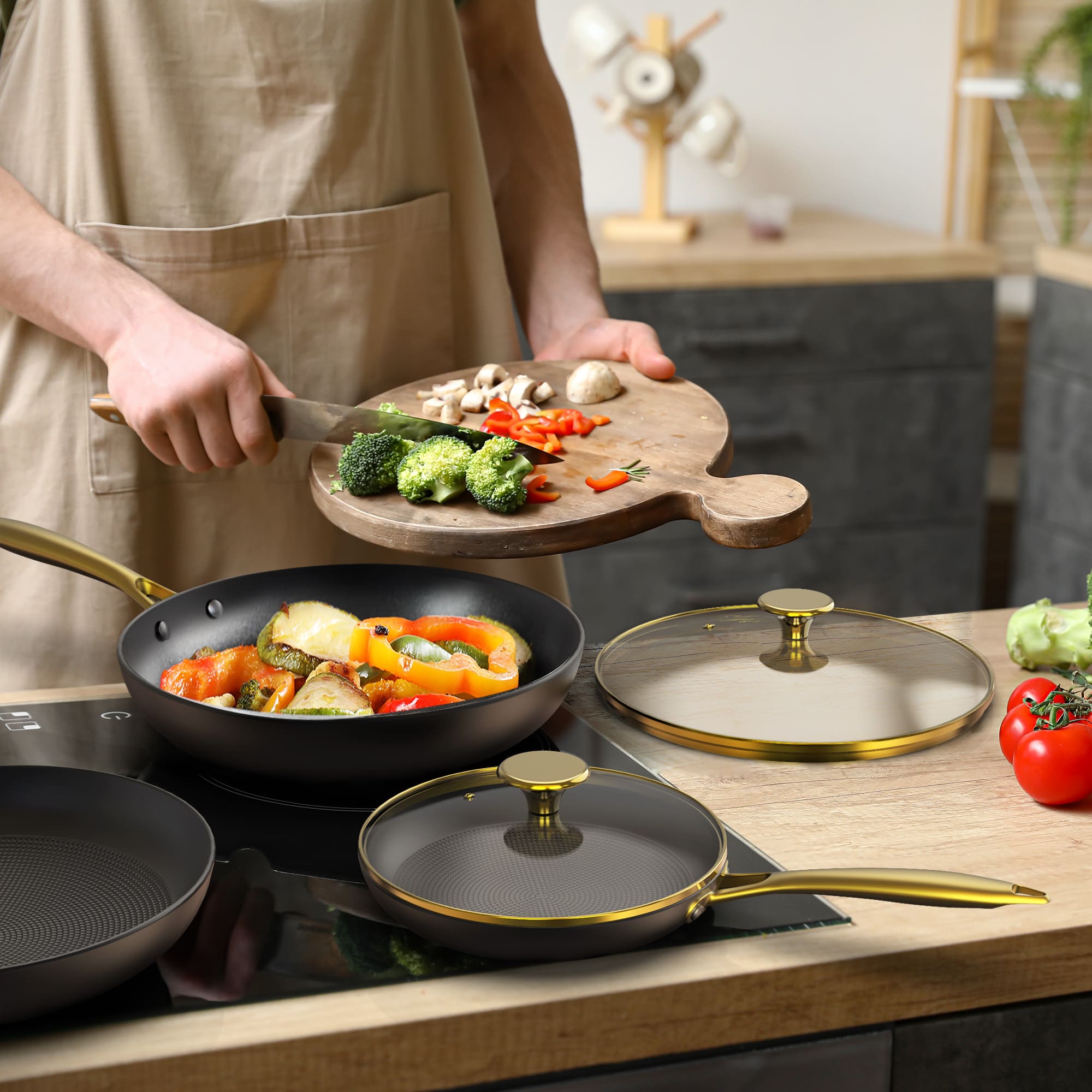
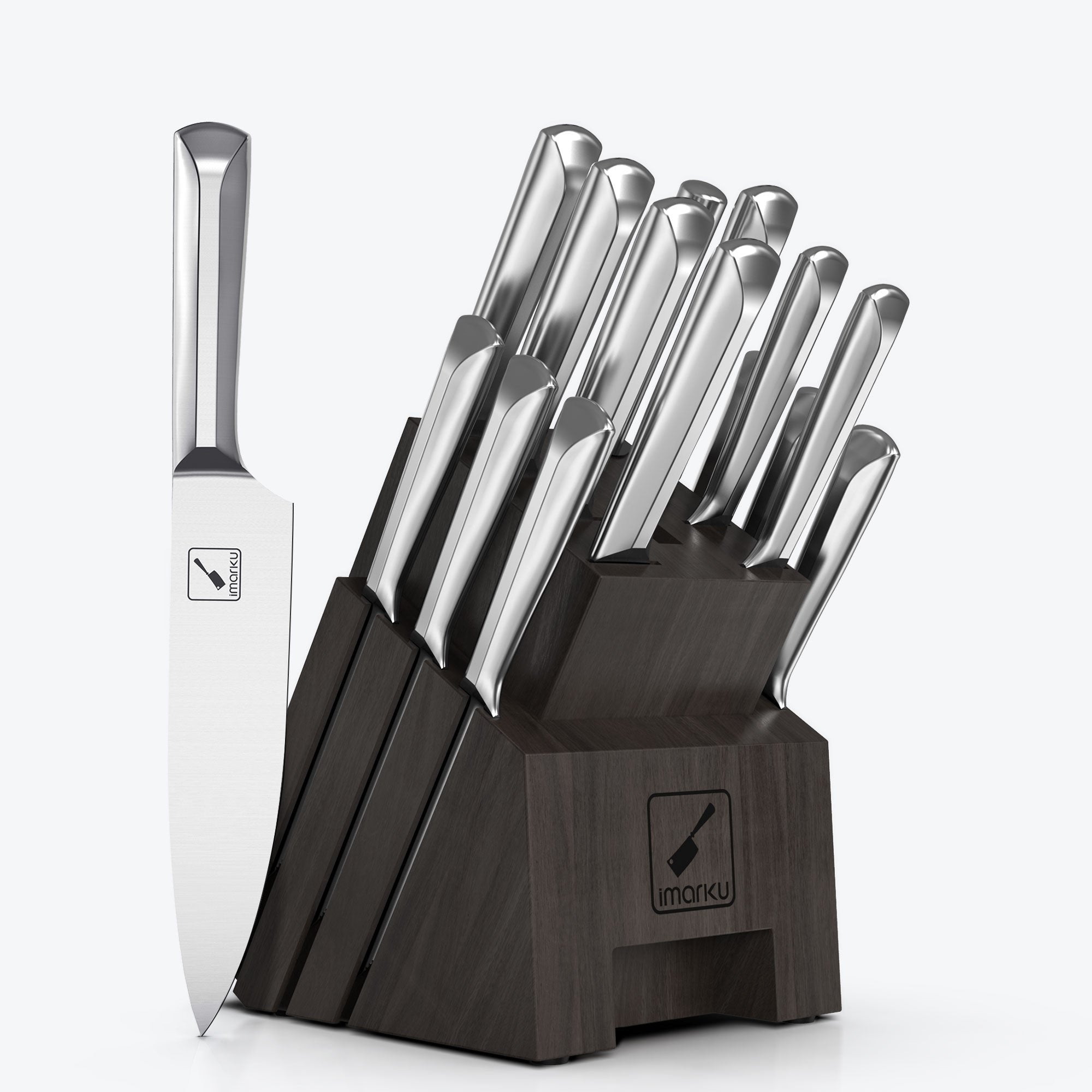
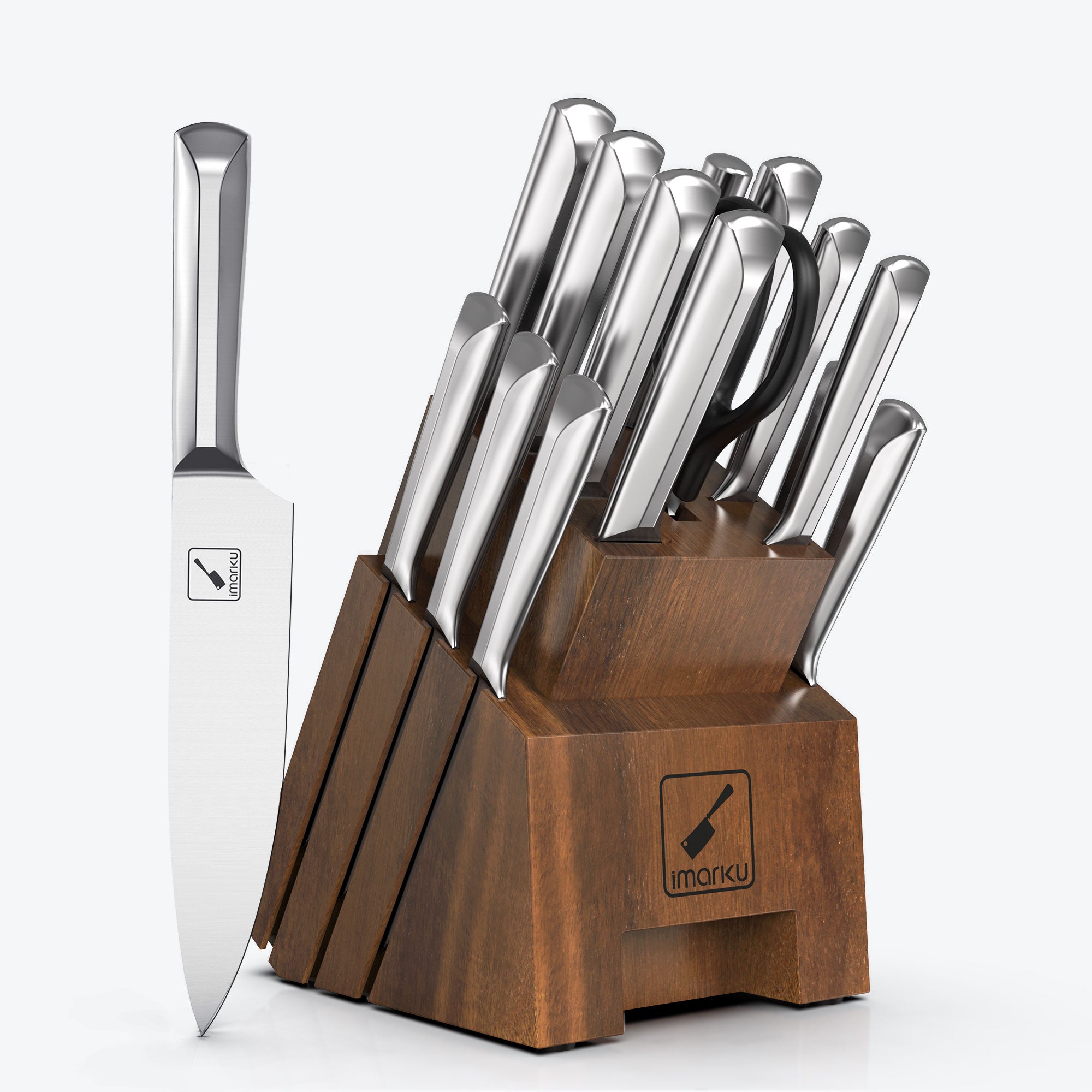
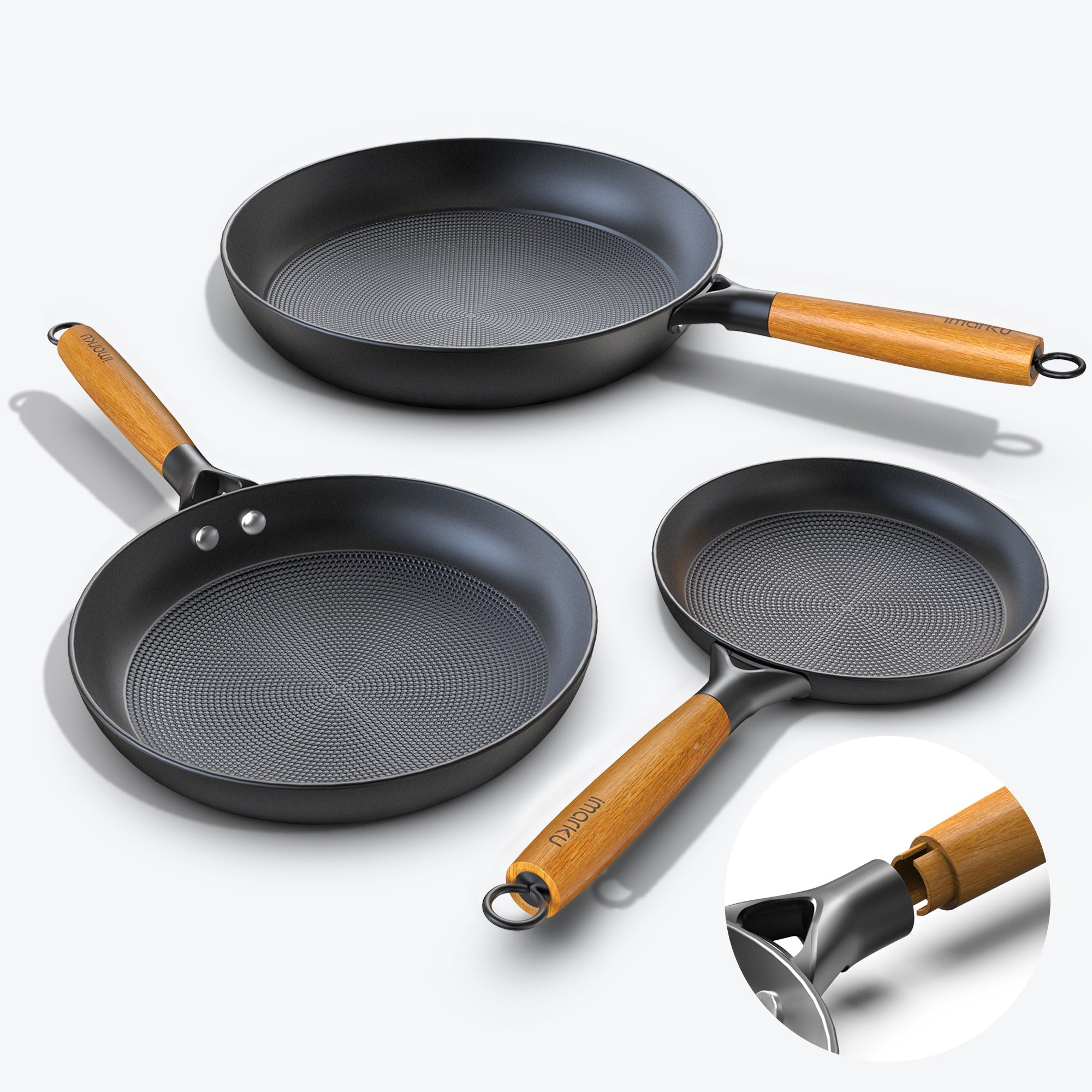
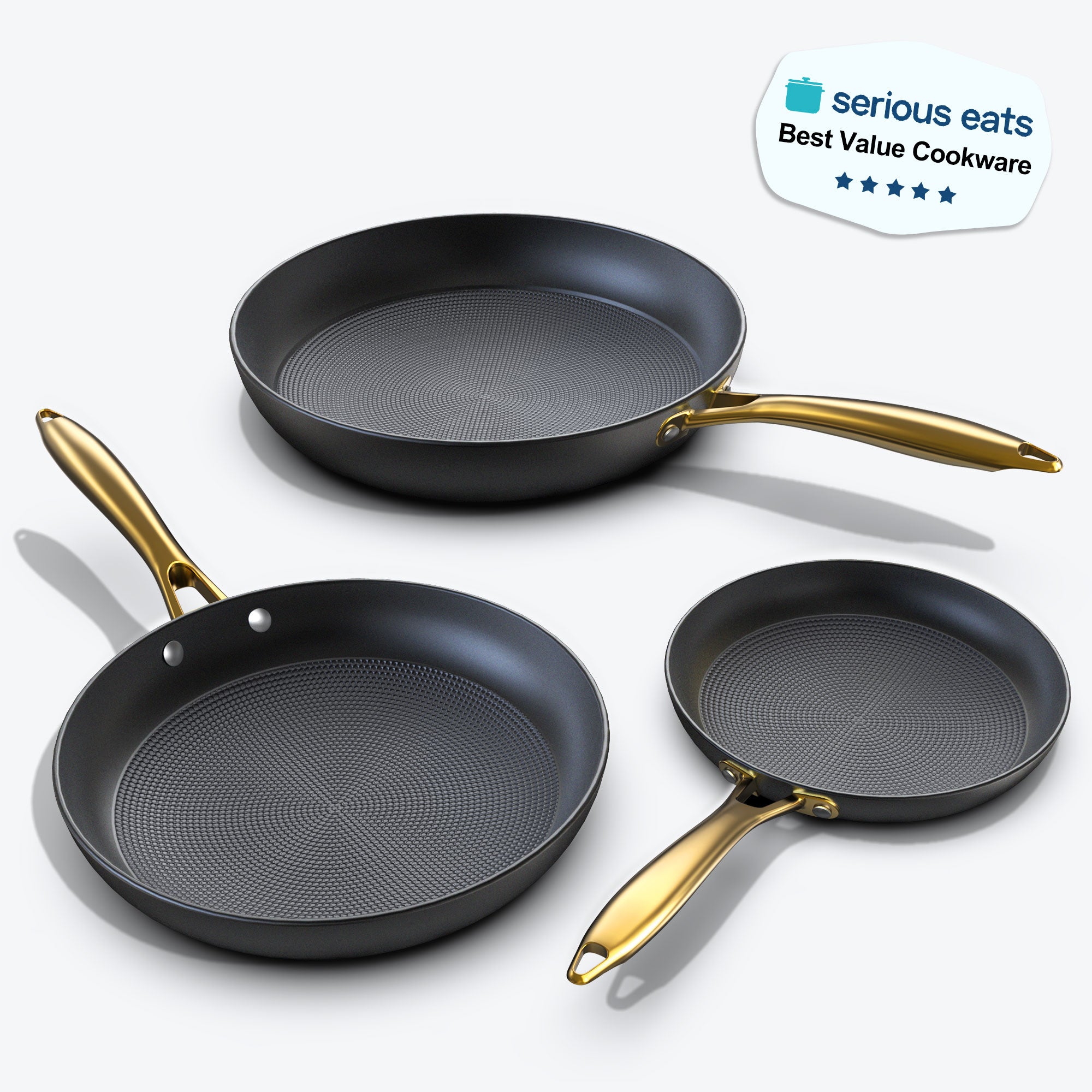

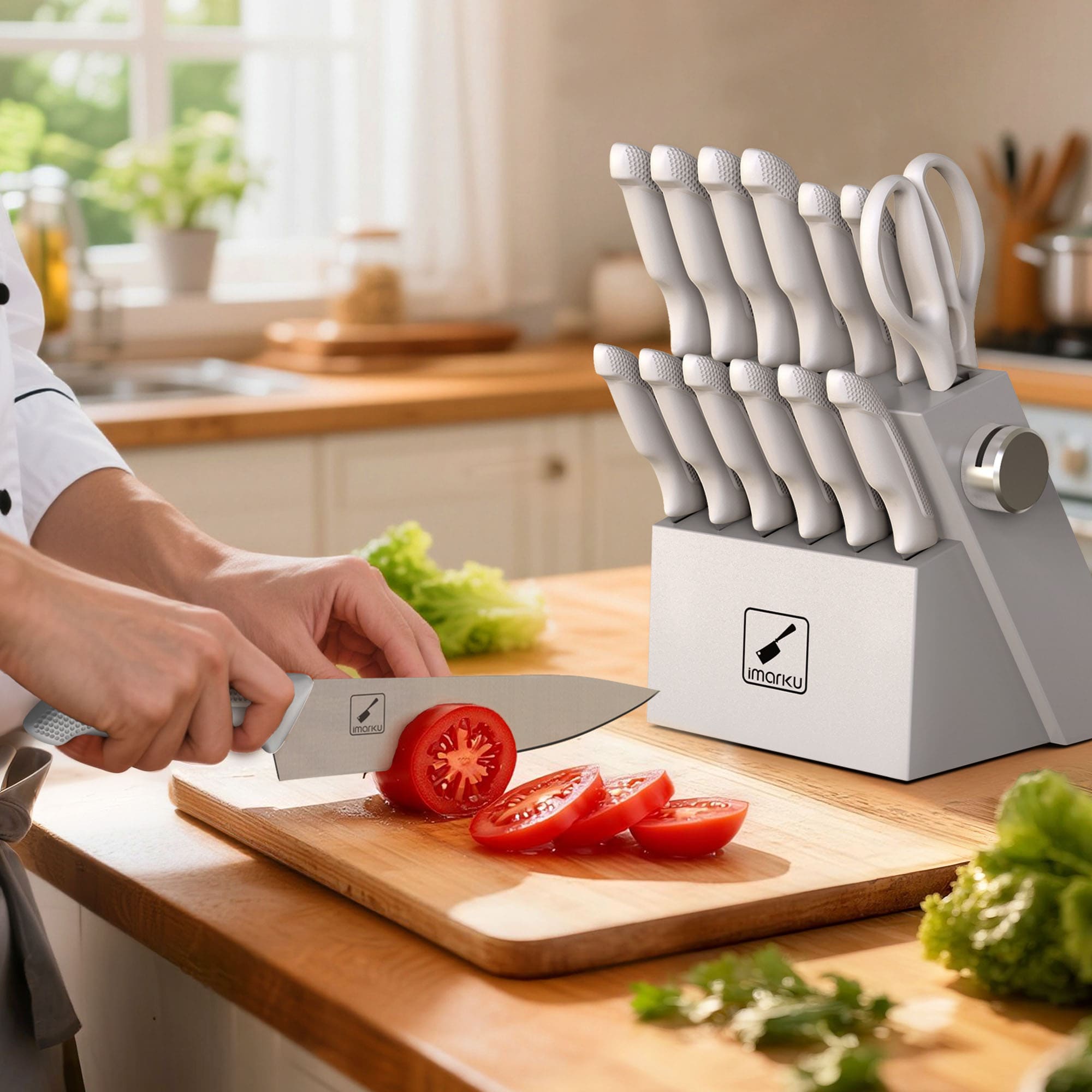
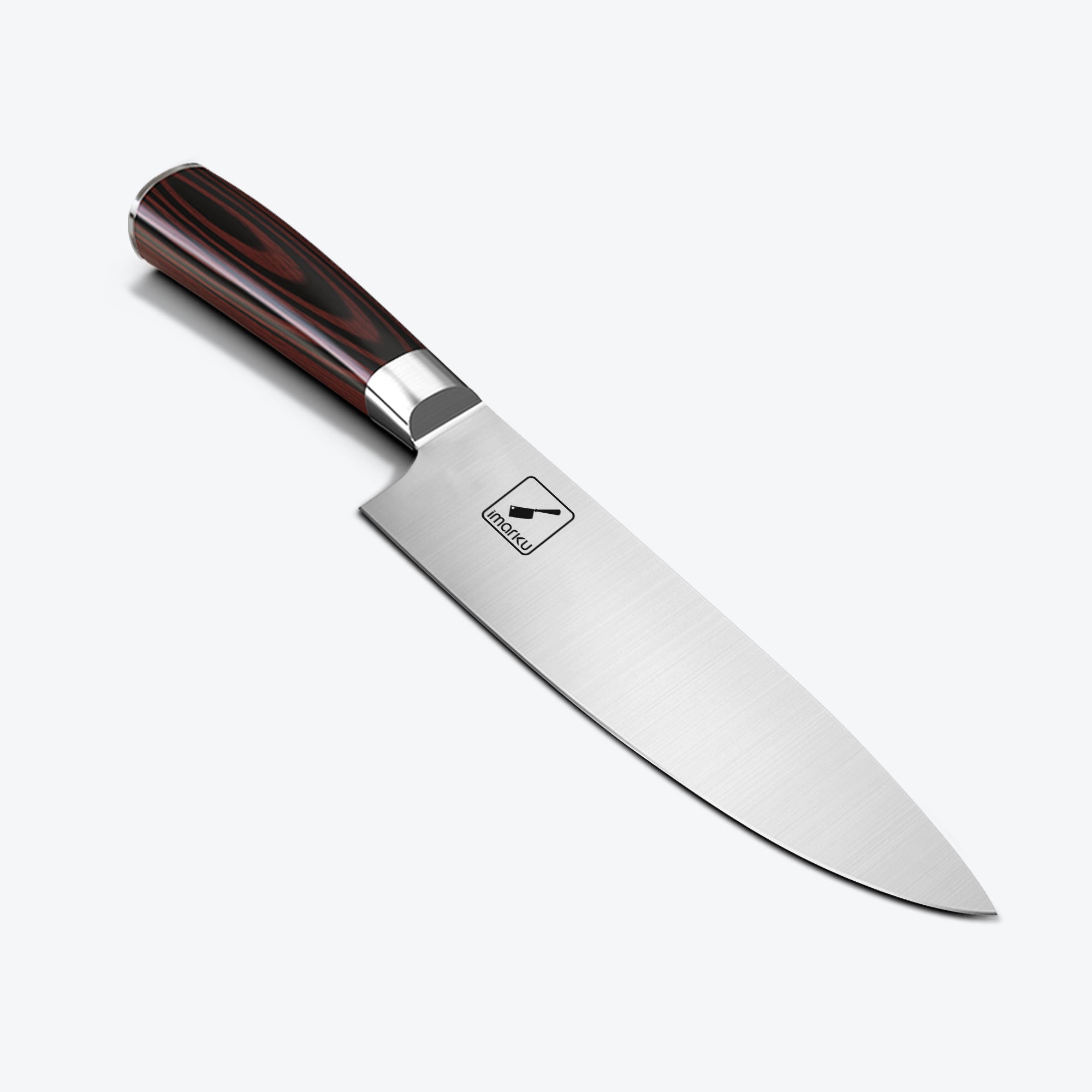
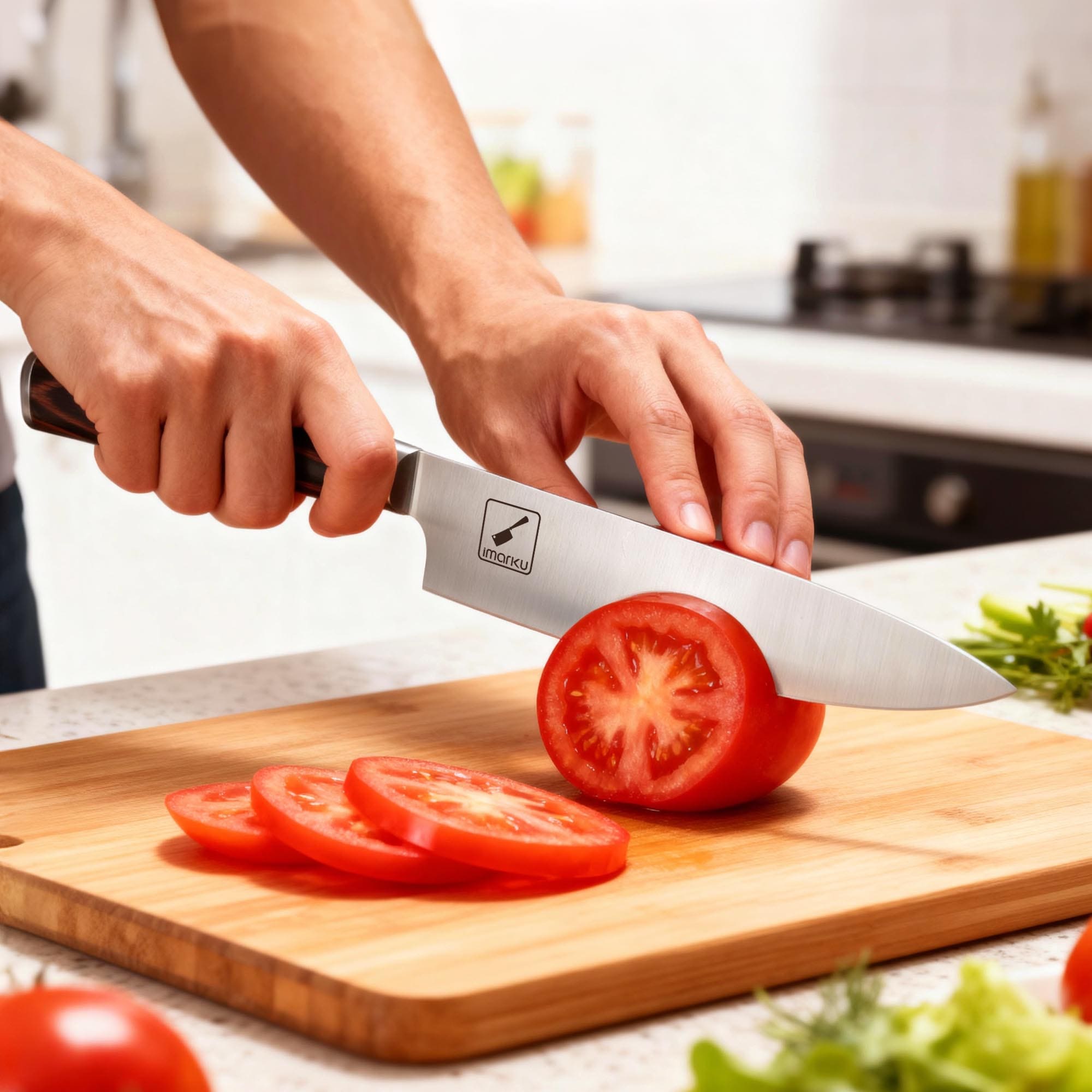
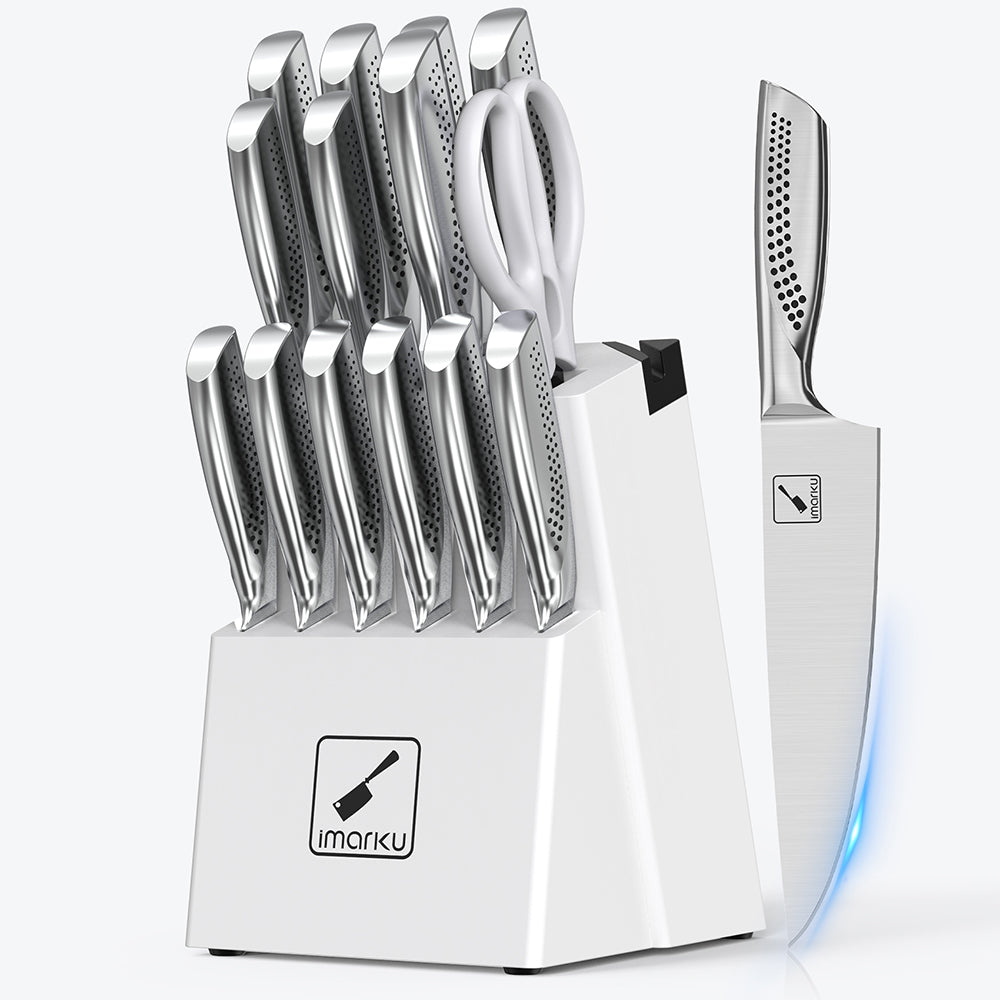
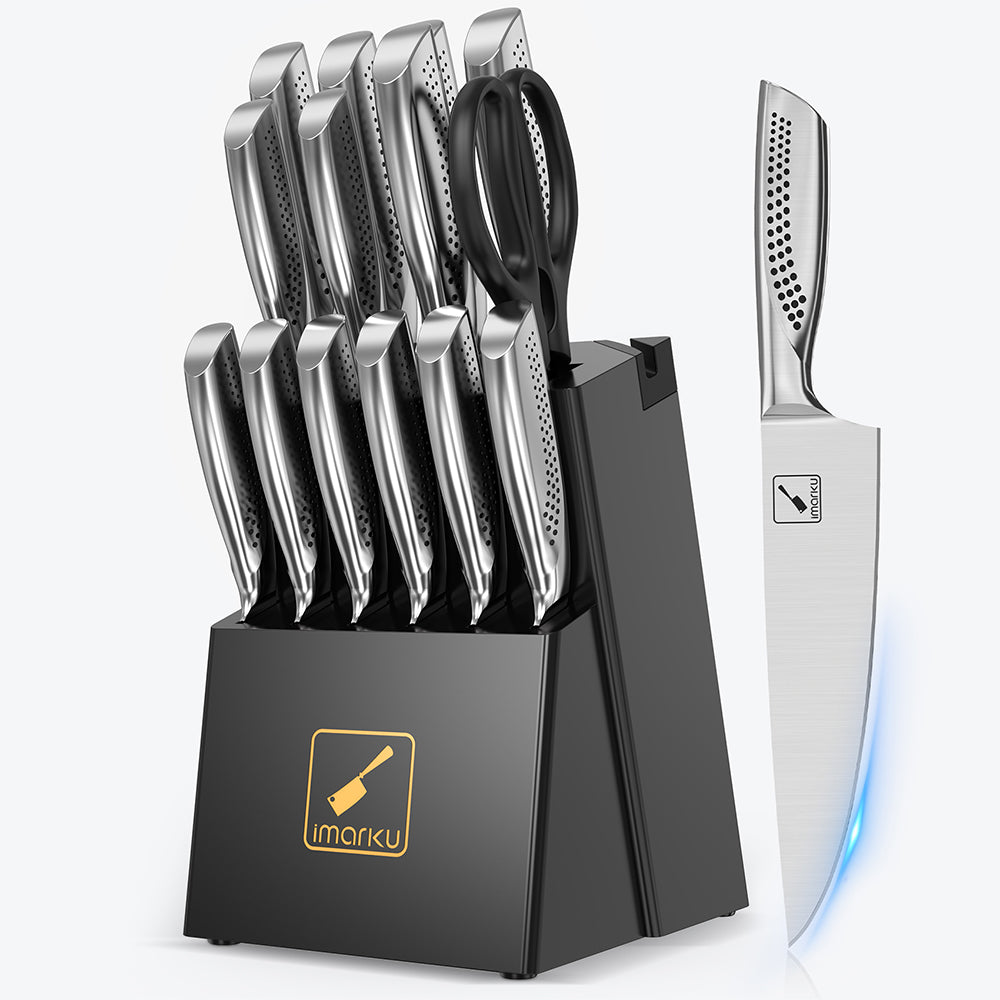
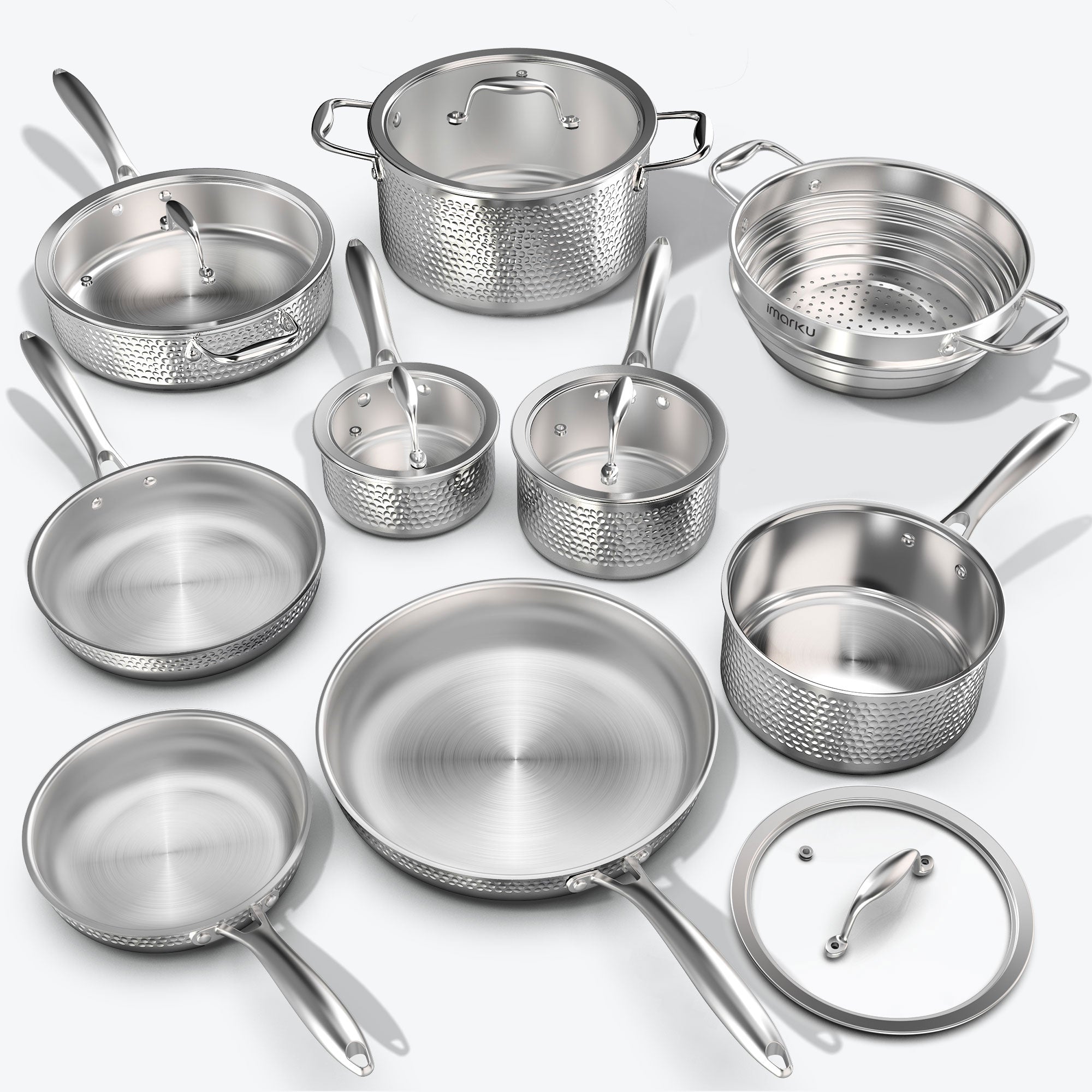

Leave a comment
All comments are moderated before being published.
This site is protected by hCaptcha and the hCaptcha Privacy Policy and Terms of Service apply.